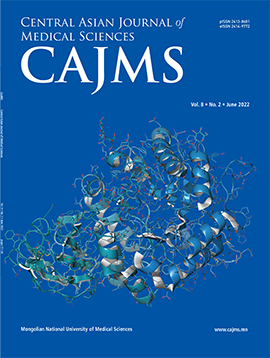Comparison of Local Infiltration Analgesia With Femoral Nerve Block for Pain Treatment Outcome of Total Knee Arthroplasty
DOI:
https://doi.org/10.24079/cajms.2016.02.006Keywords:
Femoral Nerve, Knee Arthroplasty, Postoperative Pain, RopivacaineAbstract
Objectives: This retrospective study compared local infiltration analgesia (LIA) with femoral nerve block (FNB) after total knee arthroplasty (TKA). The aim of the study was to investigate the effect of LIA and FNB, measuring the primary outcome by fentanyl consumption, the secondary outcome by pain scores, and the tertiary measure by postoperative nausea and vomiting incidences. Methods: In this retrospective study, medical history records of 99 TKA patients were reviewed from 2 groups: (1) the LIA group was injected with 180 mg of ropivacaine to the wound and (2) the FNB group was treated with FNB with ropivacaine and morphine. All patients received fentanyl-based patient controlled analgesia (PCA). The observation of outcomes was done during 24 hours. Results: No difference was detected between two groups on the first postoperative day, and the bolus fentanyl consumption was significantly higher in the LIA group. All recorded visual analog scale (VAS) scores both at rest and with movement were similar at 1-12 hours, but at 13-24 hours VAS scores at rest were significantly less in the FNB group. Postoperative nausea and vomiting incidences were significantly different between the two groups. Conclusion: Single shot LIA with ropivacaine reduces the early pain after unilateral TKA. FNB can provide longer analgesia than LIA.
Downloads
206
Downloads
Published
How to Cite
Issue
Section
License
Copyright (c) 2016 Mongolian National University of Medical Sciences

This work is licensed under a Creative Commons Attribution-NonCommercial 4.0 International License.




